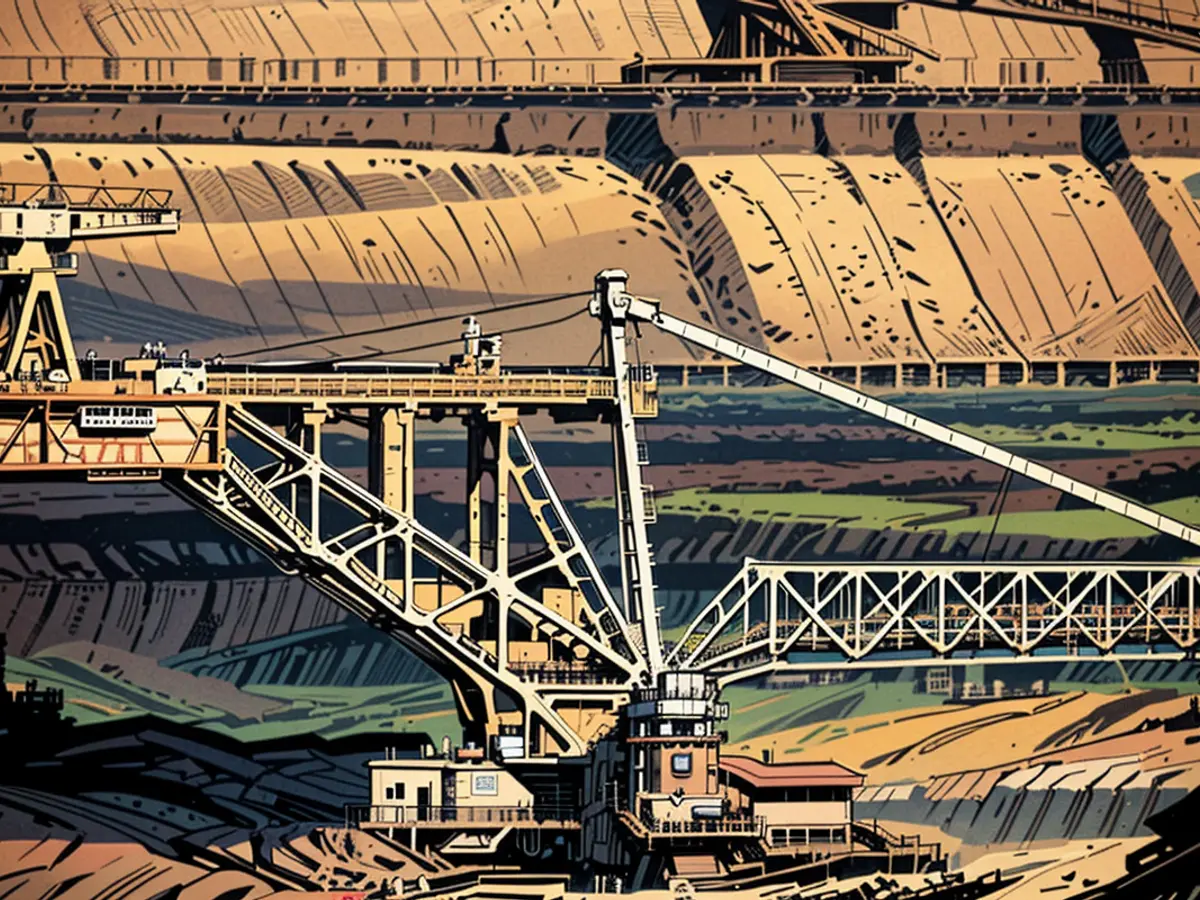Alteration in structure or design - Spirit lifted in areas with lignite resources.
The mindset in the Saxon coal mining areas is turning more positive, as per the latest "Lausitz- and Middle Germany Monitor" report. This study has been surveying the perspectives of locals and their thoughts on essential issues since 2020. Despite factors such as inflation, the Ukraine war, the Gaza Conflict, and the Energy Transition negatively impacting their mood, contentment with life in the Lausitz region remains steady and slightly up in the middle German region, it was mentioned. Furthermore, half of the populace in both areas believe that the future holds good prospects.
The survey indicates that 45% of folks in the middle German region are still open to the Energy Transition. Approximately 80% of the subjects questioned endorsed the expansion of solar energy. In terms of energy sources, geothermal energy (69%), wind energy (61%), bioenergy (67%), and green hydrogen (61%) were much-preferred options. Similar trends are apparent in the results from the Lausitz region. Here, the number of opponents to the Energy Transition has grown from 36% to 42% in the past year. Also, over 70% of Lausitz dwellers disapprove of a swift coal phase-out.
Furthermore, respondents said that concerns over the labor market, healthcare's future, and higher living costs were the problems that troubled them the most. 10% of Lausitz residents still couldn't exclude the chance of relocating their hometown within the next two years. "But, the growing optimism, the positive image change, and the gradually tangible transformation process make emigration ideas less prominent this year. Besides, 9 out of 10 Lausitz men and women declared that they feel deeply connected to the area," it was revealed.
"The research findings indicate: The structural metamorphosis in the coal mining areas demands certainty and dependability. The timeline laid out in the coal agreement lays the foundation for the future of the coal mining regions," elaborated Saxon State Prime Minister Michael Kretschmer (CDU). The metamorphosis can only be successful if the pressure between ecology and the economy is addressed. "Our goal is to provide the coal mining regions with a bright future perspective: through research centers, jobs in pioneering sectors, and better connectivity to nearby urban centers."
Nearly 1000 people aged 16+ in both regions were interrogated in March and April of this year for the recent monitoring. Responsible for the analysis are the MAS Society out of Leipzig and the Prozesspsychologen GmbH firm. [EOS]
Read also:
- Despite the challenges posed by inflation, the Ukraine war, the Gaza Conflict, and the Energy Transition, the people in the Lausitz region and the middle German region remain relatively content with their lives, with half of them believing in a bright future.
- The structural change in the coal mining areas, particularly in Lusatia, is a topic of concern for many residents, with 70% opposing a swift coal phase-out and preferring alternative energy sources like geothermal, wind, bioenergy, and green hydrogen.
- The Saxon State Prime Minister, Michael Kretschmer, emphasizes the need for certainty and dependability in the structural change, pledging to provide research centers, jobs in pioneering sectors, and better connectivity to nearby urban centers for a brighter future for the coal mining regions.
- The Future of Lusatia's coalfield, and its impact on the region's economy and ecology, has become a source of conflict, with the Energy Transition representing both an opportunity for structural change and a potential threat to existing industries and jobs.
- The upcoming structural change in the coal mining regions of Saxony, and the impact it may have on inflation, energy supply, and the regional economy, has drawn the attention of international stakeholders, such as those in Ukraine, which relies on coal exports for part of its revenue.








